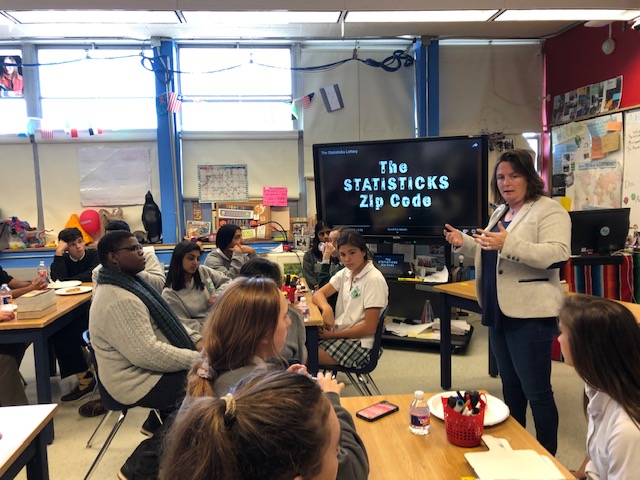Shortages hit home
Global supply chain issues affect school operations.
March 28, 2023
Global supply chains have been under pressure due to high demands for products ranging from food items to building equipment. This started in 2020 when the COVID-19 pandemic caused businesses to shut down, leaving some companies needing more products than ever before.
Global container shipping rates have quadrupled since 2020 and shipping takes longer than it did before the pandemic shutdown. Recently, basic items such as paper goods, eggs, steel and concrete have become more expensive and difficult to fin, with eggs increasing in price by over 60%.
At Hockaday, supply chain issues have affected Sage and the way it prepares meals. Sage general manager Hillary Cox said it has been hard to find certain food items that used to be easy to find and are important to their menus.
“A lot of the vendors that we get products from have shortages,” Cox said. “So then that affects what we are able to get if they are not able to get them. Packaged snack items, ketchup, paper products, specialty bread items, common prepackaged items and salmon have been very difficult to find.”
While adjusting to these shortages, Cox and her team adjust menus where needed weeks in advance, so shortages won’t affect the food they serve.
“We just plan ahead and try to get the bulk of the items that have been a part of the shortage earlier than later,” Cox said. “Then we also change menu items if we need to, just based around what all is going on.”
The dining hall has not been the only place the school has seen a direct impact of these setbacks.
The new athletic plan, which the school broke ground on in July, has also encountered some issues as a result of supply shortages.
“What we have seen is that construction materials, things like concrete or steel, have not only skyrocketed in price, but lumber has been going up and down,” Chief Operations Officer Joan Guzman said.
Guzman said basic items that used to take only a few weeks or months are now taking up to a year to arrive due to supply chain issues.
“We have a significant electric project where we are going to redo some major electrical equipment,” Guzman said. “We had a meeting with a contractor and they told us, ‘You are looking at probably 12 to 16 months to get materials,’ where I can historically get those things within probably three to five months.”
The supply chain issues have also affected students’ day-to-day life at school. In all classrooms, devices called actuators regulate the room’s temperature in relation to the temperature outside. Director of Facilities Wayne McInnis said these have been difficult to find, causing classrooms to get either very warm or cold.
“It affects the classrooms because, to fix them, we have to manually go in the ceiling and open and close [the vents],” McInnis said. “So it affects the learning process as well, students cannot focus when the room is incredibly hot or freezing.”
Due to new, high costs of printing, student publications and their advisor Julia Copeland must communicate more in advance about paper stock and type.
“The printers for our literary magazine and newspaper have asked us to choose our paper stocks so they can order early and get them on time,” Copeland said. “For the literary magazine, we are having to limit our paper choice due to price and lack of supply.”
Guzman also said another way that supply chain issues have affected students’ day-to-day life, is that the final phase of the wireless systems infrastructure upgrade has been delayed due to chip shortages that affect the equipment manufacturing.
“Our wireless is not what we want it to be and it’s a project that’s behind, which in turn affects students, faculty and staff and that is completely out of our control,” Guzman said. “So I think as these things are sort of happening behind the scenes we do have an impact every day on how you guys go about your business.”











